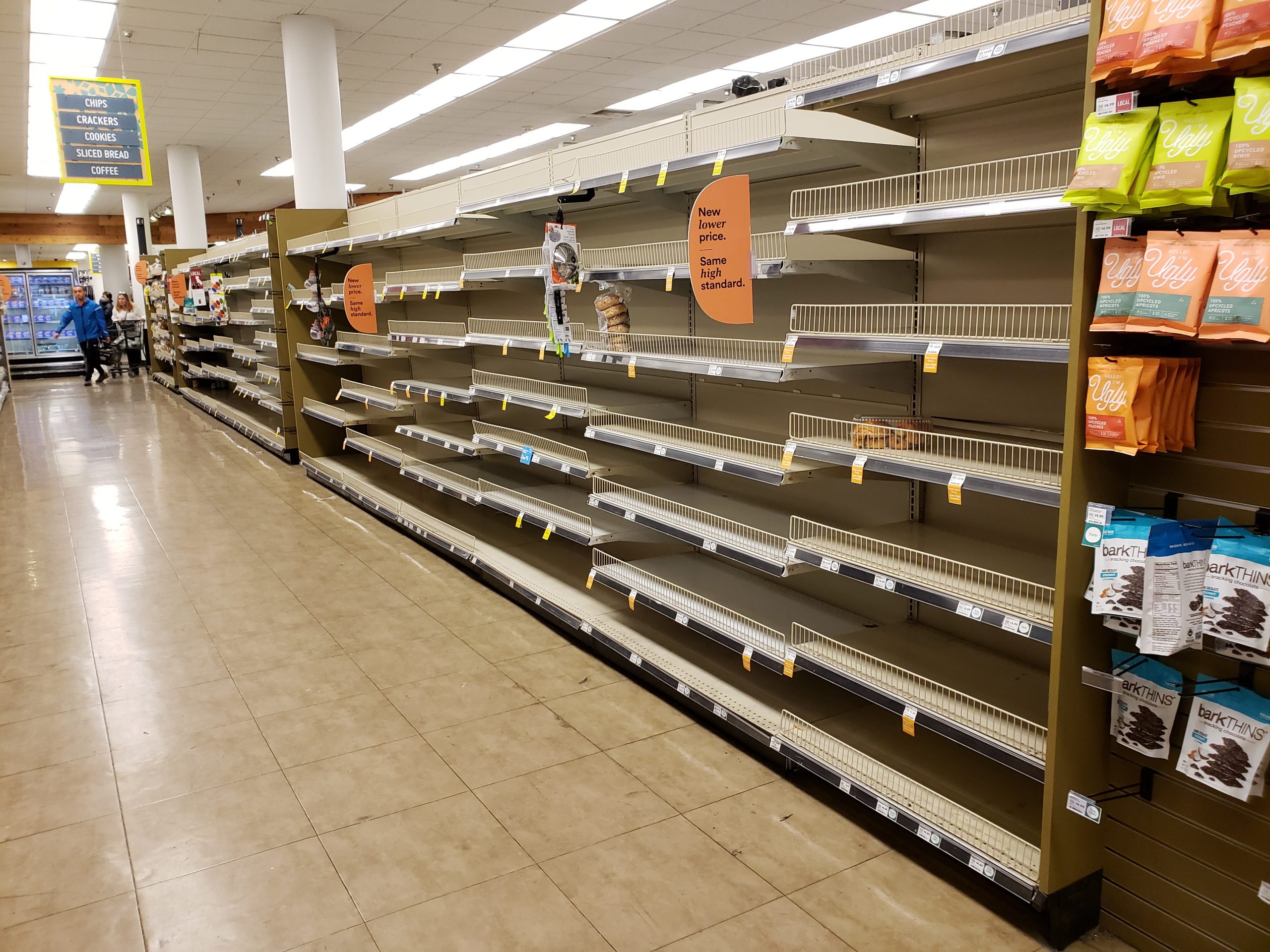North America’s produce industry hit by supply chain disruptions
In 2021, as a consequence of the Covid-19 pandemic, global supply chains and shipments slowed, causing worldwide shortages and affecting consumer patterns. During the Christmas and holiday season of 2021, an increased amount of spending in North America combined with the spread of the Omicron variant of Covid-19 further exacerbated the already backed-up supply. As a result, the North America fresh produce industry released a joint statement in November calling for “urgent government action to address significant ongoing supply chain disruptions.” Almost two years since the start of the pandemic, substantial increases in costs and delays along the supply chain threaten food security and the long-term economic viability of the North American fresh produce sector. The statement notes that “these costs cannot be fully borne by the industry and will ultimately be passed to consumers. Sadly, these increases, which are already being felt by the end consumer are likely to escalate, affecting most those who can least afford it.”
The Canadian greenhouse sector has reported delays of more than eight months in receiving critical building materials.
Some examples of ongoing supply chain disruptions include:
- Continuing labour shortages across the supply chain – The significant labour shortages in the fresh produce industry extend from the farm throughout the supply chain, and are impacting everything from planting and harvest, to packing, transportation and retail/foodservice. The American Trucking Association has estimated that the US alone has a shortage of around 80,000 truck drivers, and the driver shortage tops the American Transportation Research Institute’s list of Top Industry Issues. The scarcity of commercial truck drivers is made worse in the produce industry, as drivers may opt to take on less urgent, nonrefrigerated loads rather than the urgent, time-sensitive and highly temperature-controlled loads necessary in fresh produce.
- Crippling port congestion – Gridlock at all major North American ports has resulted in lines of ships waiting to dock and containers stacked high waiting for unloading and pick-up. For highly perishable products, long delays at port can result in loss of product and sales and, ultimately, food waste. According to Goldman Sachs, more than 30 million tons of cargo were waiting for delivery, resulting in soaring demurrage and detention fees that cannot be sustainably absorbed by the industry. Also, significant delays in receiving equipment, building materials and other inputs were threatening the upcoming growing seasons. According to the International Fresh Produce Association (IFPA), the cost of building materials increased by 12% in 2021 (National Association of Home Builders), while lead time was extended by up to 6-8 months.
- Delays and exploding costs in container shipping – While major international shipping companies have been sending empty containers back to Asia and posting record profits, weeks-long shipping delays have resulted in major losses of product and sales for the North American industry. Coupled with exponentially growing container costs and a limited number of refrigerated containers, this situation creates serious challenges for the fresh produce industry and food security.
- The cost of shipping containers has tripled or more in the past year, with estimates increasing from $3,000 per container to $15,000 to $18,000, and even as high as $25,000 per container.
- Due to the highly perishable nature of fresh produce commodities, there are already a limited number of carrier companies that accept fresh produce shipments. One of the largest of these has recently announced it will no longer carry fresh produce due to the increase in claims being made.
- Despite the significant delays in product delivery, shipping companies are holding container rates for shorter periods of time. These companies have also begun cancelling bookings, only to reschedule them at a higher rate.
- Growing input shortages – From fertiliser, crop protection products and greenhouse building materials, to pallets, cardboard and packaging, the fresh produce supply chain is experiencing increasing shortages and rising costs in inputs that are critical to the sector.
- In spring 2021, lumber shortages drove wood prices up nearly 350%, resulting in a pallet shortage that lasted for nearly six months
- In summer 2021, prices for paper ‘pulp’, the raw material used to make boxes, were reported to be as much as 40% higher, year-on-year, which has resulted in a massive increase in the price of cartons
- Fertiliser costs have risen by more than 20% over the past year, with China’s announcement of restricted energy consumption in key phosphate production regions leading to anticipated shortages headed into the 2022 growing seasons
- The statement presented by all of North America’s produce industry organisations insists that every effort must be made to address supply chain disruptions while also clearly communicating this to the broader public.





